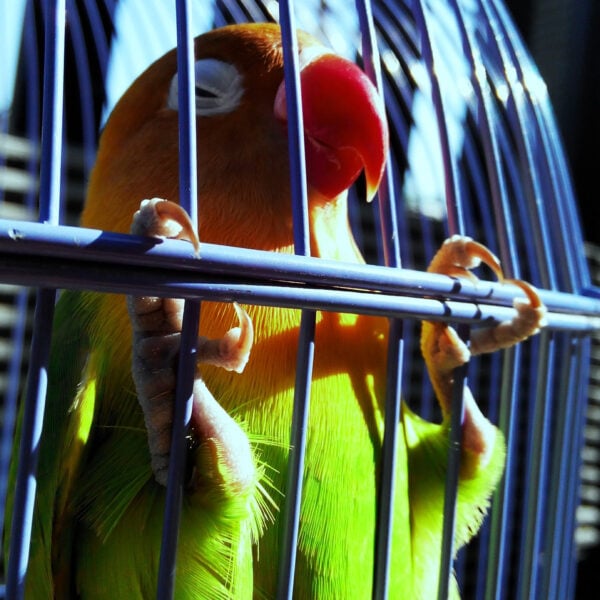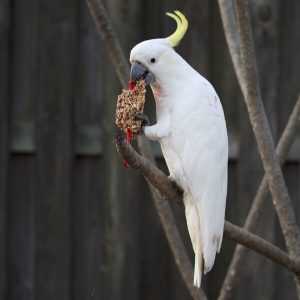Last Updated on by Catherine Tobsing
Editor’s note: some of you may remember my journey enabling my mother’s return to Chicago Arlene (my mom) has been on five of the seven continents. Eight years ago at the tender age of 76, she spent three weeks traveling to China.
The Himalayas span five countries: India, Nepal, Bhutan, China (Tibet), and Pakistan, with the first three countries having sovereignty over most of the range. At the time, China had not closed the border to Tibet and she was able to spend three days there. According to mom the majesty, environment, and the purity of the air you breathe in the Himalayas – cannot be understated.
So who doesn’t want clean air? The best way to bring clean energy to your home apparently these days is with a Himalayan Salt Lamp. I’m old. I remember when fresh air meant “open the window” and drinking water was free.
Filed under – Life is a mystery – you do realize that it takes 6.4 – 20 ounce bottles of water to make 1 gallon (of liquid) meaning the $1 a bottle which you regard as a bargain at your local convenience store translates to $6.40 per gallon for water while you’re now whining about gasoline when he goes over $2 a gallon?
What the heck is a Himalayan Salt Lamp?
Now let’s hear from Nora
Recently a couple of Sunday Brunch subscribers have asked about what Windy City Parrot knows about the safety of using the pleasingly pink Himalayan salt lamps that have become popular. If one or two people are wondering about an item’s safe use, others likely are as well.
So, what happens when you ask two parrot experts a question about these salt lamps? While almost always Mitch and I see eye to eye, hence the great writing team we make, in this case, we see things just a little differently.
I owned a sun conure and a medium-sized Himalayan salt lamp a while back. Both were in a large great room, probably about 1,000 square feet in size. I used the lamp frequently — almost daily — because I enjoyed the pleasant glow. I was and still am dubious as to whether there are any health benefits from simply operating these lamps or the presence of the large salt crystal, but I liked the ambiance produced. I experienced no ill effects to my bird or me. I did not find any sources that indicated the lamp I had generated ozone, only removed negative ions. Nor did I notice any health benefits to either of us. At some point in time, during one move or another, the lamp and I didn’t end up together.
Jamie, my roommate owns a black lory and a Himalayan salt lamp that are both in her bedroom. Her bird is healthy and quite active.
Instead of regular table salt, I use Himalayan rock salt just in case there are some health benefits whether I notice them or not. Not only is it considered “in style” but my roomies like it and so we all use it. While I remove cooked veggies I plan to give Timmy the Grey before seasoning, I’m sure sometime or another I may forget or not be the cook and he may get a trace of the salt, but we do not salt heavily here by any means. We all know salt isn’t good for us or birds.
sorry couldn’t resist – mitchr
I also use an essential oil diffuser but I only use oils I have researched to be safe around birds because I know some are not safe for birds. Sure there isn’t much info on this topic and it limits my collection of oils but I’ve found no ill effects to the birds using the ones reported as safe and have a positive impact on me but I always use extreme care in research before selecting oils.
Now, let’s get to Mitch’s point of view. He advocates using nothing in the home with birds that changes the air beyond opening the windows in good weather and even that depends on where you live. Busy streets right outside the window can bring in more than the breeze clears out. He’s a purist about air and I’m sure his practice is probably safer than mine.
Mitch’s concern is that these lamps claim to not only put out negative ions but act as an ionizer. We know for sure that many air purifiers generate ozone, an unstable oxygen molecule. While ozone is a germicide and has valid uses in areas such as wastewater treatment and exhaust gases, both the Environmental Protection Agency and the American Lung Association caution against indoor use of ozone-generating devices. Even in relatively small amounts, ozone has been shown to trigger asthma attacks and reduce lung elasticity as well as inhibit the immune system’s ability to fight respiratory infections. Aviculturists have linked individual and group bird deaths to ozone.
Now, back to my slightly altered opinion after hearing Mitch’s input. If you have a Himalayan salt lamp and wish to use it, why not put it in another room away from the birds just to be safe? I would have enjoyed mine just as much in the bedroom as I did in the great room and it would have been further from my bird. I’m still not fearful of them, just cautious and I don’t expect them to do anything amazing to my health.
It’s sort of like the Teflon issue. I know for sure that Teflon cookware kills birds when overheated (and a hundred other things – mitchr) but I continue to own and use one piece but only without ever leaving the stove and then just for frying eggs because they stick so badly in most cookware. In other words, use all things with caution around birds.
We welcome the questions we receive from customers and subscribers. We always try to find the answers if we don’t know. This one produced a good discussion, some research, and this article revealed the truth — bird experts and parrot lovers don’t always agree but as long as no birds are harmed and we learn, it is all good.
“there’s no hard science – but it works” quick Martha, get my copper bracelet.
Secondary editors note: if you’d like to get one of these lamps here’s a website that sells Himalayan salt lamps as well as offering a great deal of product information: /.
I’m struggling with a couple of teensy things being the prolific fact-checker that I am:
According to Wikipedia:
Himalayan salt is rock salt or halite from a mine in the Punjab region of Pakistan, which rises from the Indo-Gangetic Plain. It is mined in the Khewra Salt Mine, located in Khewra, Jhelum District, Punjab region, Pakistan. The foothills of the Salt Range have located 300 km from the Himalayas, 298 km from Amritsar, India, and 260 km from Lahore. The salt sometimes occurs in a reddish or pink color, with some crystals having an off-white to transparent color
Salt lamps are
Large crystal rocks, mined in Europe and Asia, are also used as salt lamps. A salt lamp is a lamp carved from a larger salt crystal, often colored, with an incandescent light bulb or a candle inside. The lamps give an attractive glow and are suitable for use as nightlights or for ambient mood lighting. When illuminated, salt crystals emit soft glowing light. There is a belief that heated salt crystals emit negative ions or positive energy waves into the air,[5] however there is no scientific evidence that salt lamps actually give out a measurable amount of anions, nor is there any evidence of any health benefits from the lamps
but when I visit the highly informative Health Ambition blog I read”
“I was disappointed that the amazing benefits of pink Himalayan salt lamps are so easily debunked by science, but to be honest, I was expecting it. I look at salt lamps as beautiful decorative items for the home – they’re not medical devices and haven’t been proven to cure or treat any health condition”.
So if you want to use one of these with your bird – have at it. Personally, I prefer to get my salt from the supermarket and my bird lighting from here
Written by the Windy City Parrot Content Team
Your Zygodactyl Footnote
Author Profile

Latest entries
 Bird & Parrot CareJune 20, 2025Understanding the Best Way to Use Prevue Pets Mimic Me Voice Trainer
Bird & Parrot CareJune 20, 2025Understanding the Best Way to Use Prevue Pets Mimic Me Voice Trainer Bird BehaviorJune 6, 2025How Do I Keep My Parrot From Dumping His Food Every Day?
Bird BehaviorJune 6, 2025How Do I Keep My Parrot From Dumping His Food Every Day? Birds & LightingMay 16, 2025I Am Seeking Clarity About Lighting for My Birds Cage
Birds & LightingMay 16, 2025I Am Seeking Clarity About Lighting for My Birds Cage Bird RescueApril 29, 2025How Do We Re-Home a 17 yr Goffin Cockatoo?
Bird RescueApril 29, 2025How Do We Re-Home a 17 yr Goffin Cockatoo?




